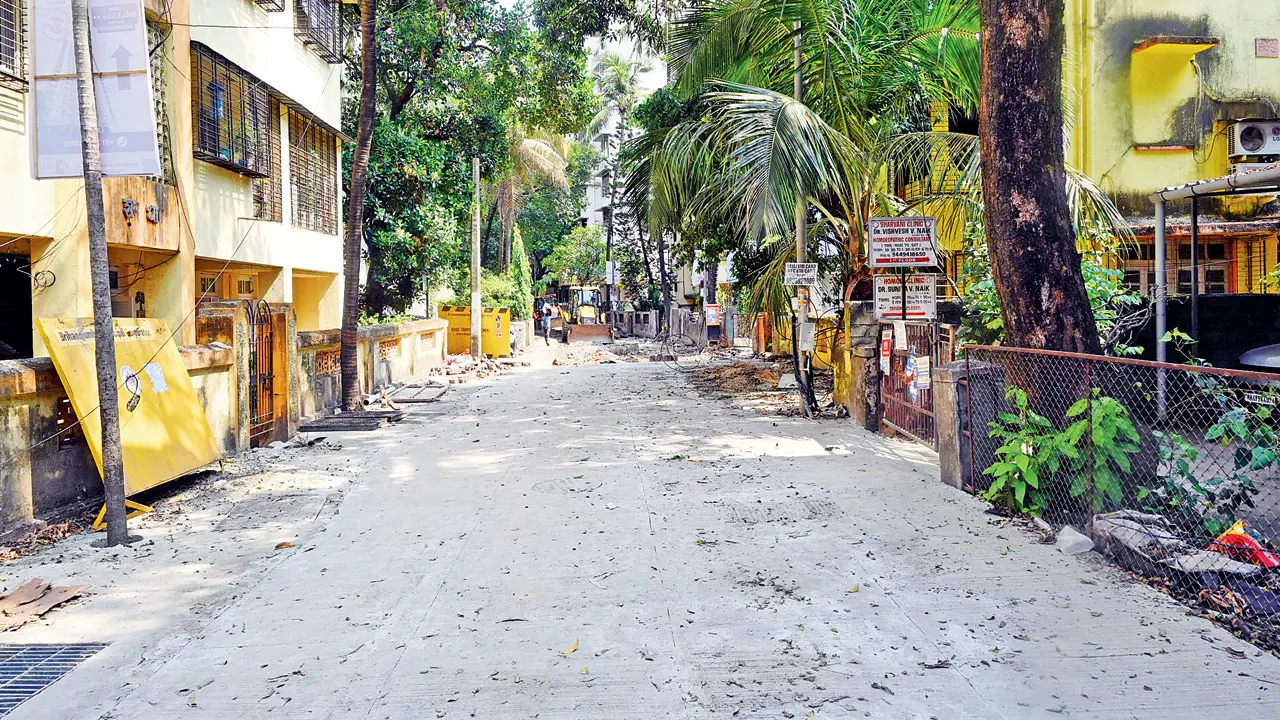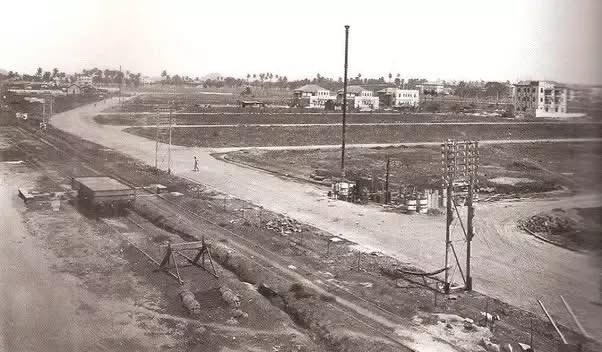👉 https://x.com/i/status/1895436364671561823👈
If you have had Methi Paratha, Methi Thepla, Methi Puri or any other Tasty Methi dishes...
This is how Methi leaves from
UlhasNagar reaches the kitchen...
Methi = Fenugreek
.................................................................................................................................
i have seen a man taking water from middle of road open ? for pani puri
that is why people get stomach problems/typhoid/cholera etc
From
Free Press Journal







